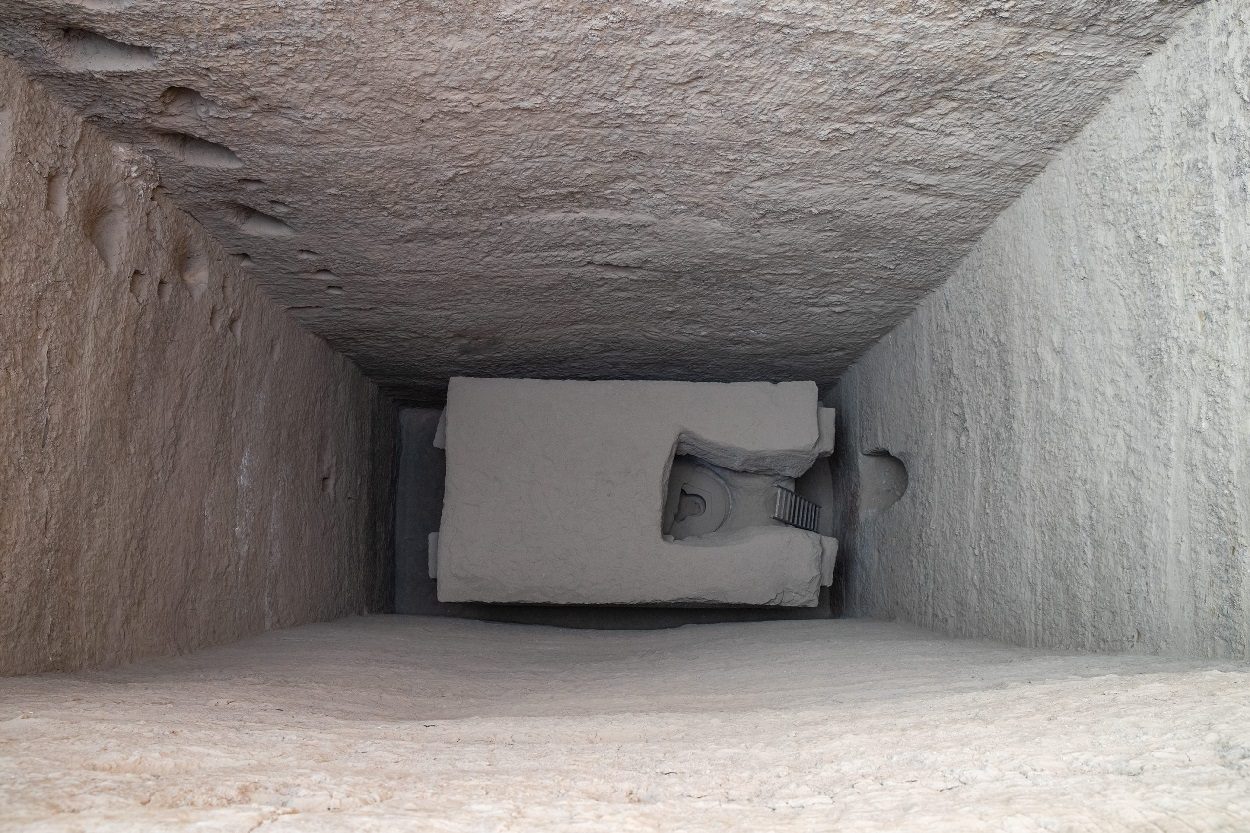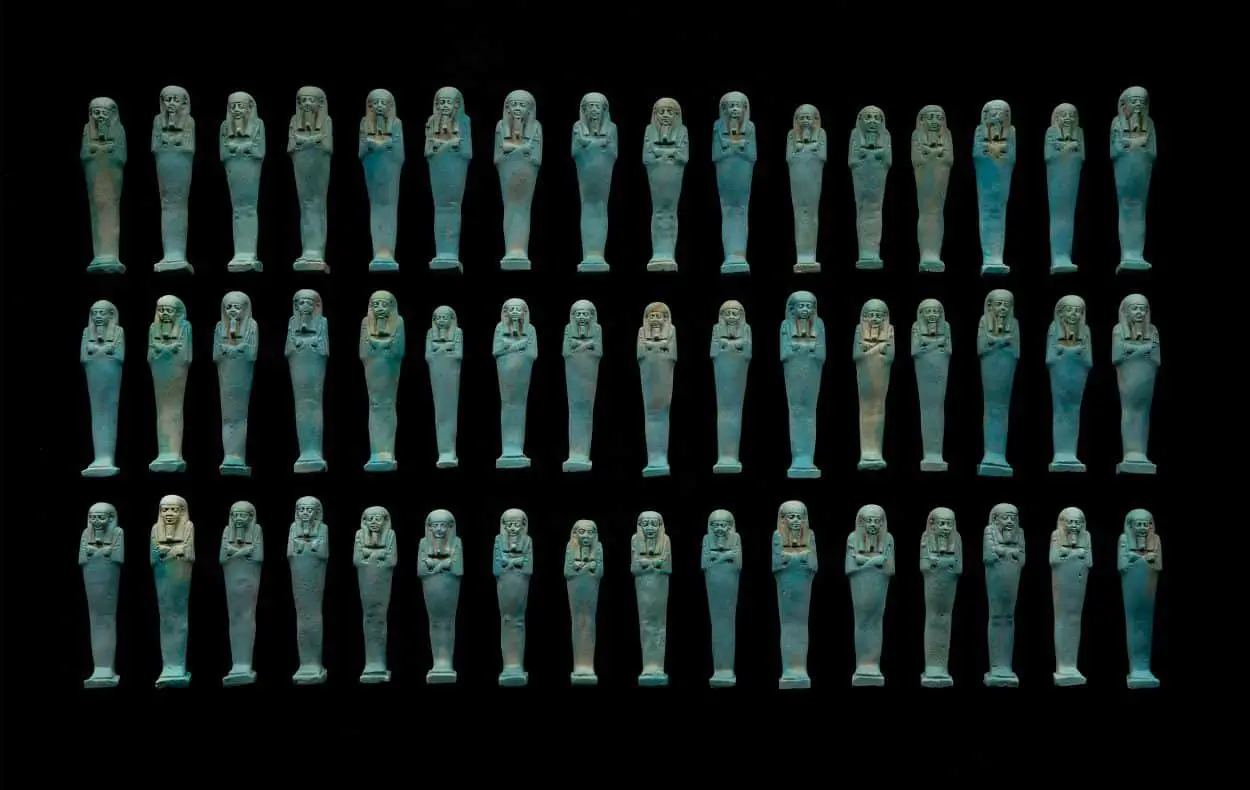A team of archaeologists from the Czech institute of Egyptology have unearthed a tomb in the Abusir necropolis, near to modern-day Cairo, Egypt.
The tomb belongs to an Egyptian dignitary named Wahibre-mery-Neith, who lived during the 26th or 27th Dynasty (5th century BC).
Inscriptions in the burial shaft describe him as a “Commander of Foreign Mercenaries”, suggesting that he supervised the mercenaries from the Aegean islands and Asia Minor.
The site was first excavated in 2021, where archaeologists found the largest ancient embalming cache in Egypt, containing 370 pottery storage jars that held materials used in the mummification of Wahibre-mery-Neith.
In the latest season of excavations, the team focused on the burial shaft and excavated 14 metres of material to a depth 6 metres below ground level. They found that the shaft was orientated east-west and measures approximately 6.5 by 3.3 metres.

At the bottom of the shaft the researchers found a double sarcophagus situated directly on a filling of sand, but discovered that the tomb had already been robbed in late antiquity during the 4th to 5th century AD (indicated by two early Coptic vessels found in the main shaft).
The outer sarcophagus is made of two massive blocks of white limestone that contains an inner sarcophagus made of basalt and is inscribed with the Book of the Dead, chapter 72, describing the resurrection of the deceased and his departure to the afterlife.
The space inside the inner basalt sarcophagus was found almost completely empty, except for a finely carved but uninscribed heart scarab, and an amulet in a shape of a headrest.

At the east of the shaft, several items were excavated intact and in situ: two wooden boxes with altogether 402 faience shabtis, a funerary figurine used in ancient Egyptian funerary practices intended to act as servants or minions for the deceased.
The team also found two uninscribed alabaster canopic jars, a faience model of an offering table, ten model cups and a limestone ostracon inscribed with religious texts written in black ink and hieratic script.
The author of the text decided to cover the ostracon with brief excerpts from the Book of the Dead spells that also formed parts of the ritual of transfiguration, thus guarantying an undisturbed afterlife existence of the owner.
Czech Institute of Egyptology, Charles University
Header Image Credit : Petr Košárek – Czech Institute of Egyptology, Charles University







